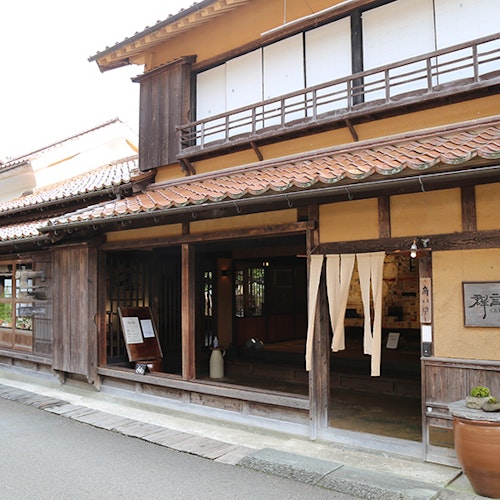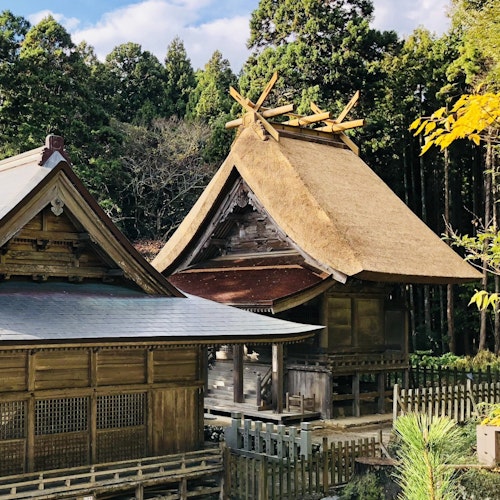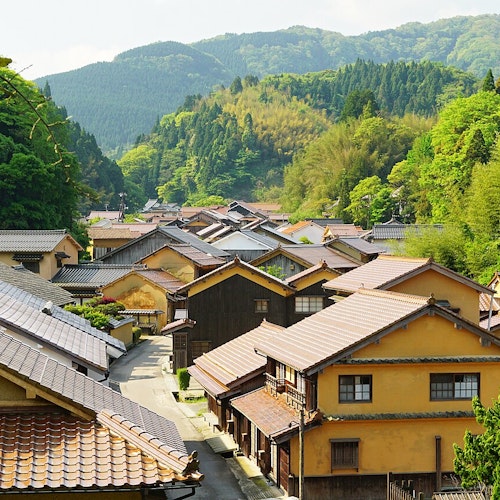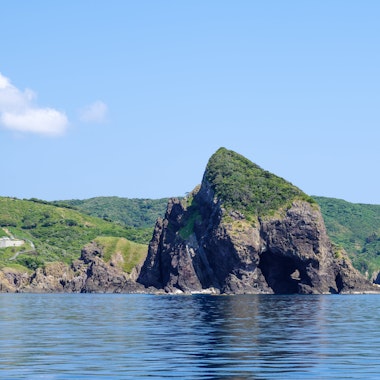
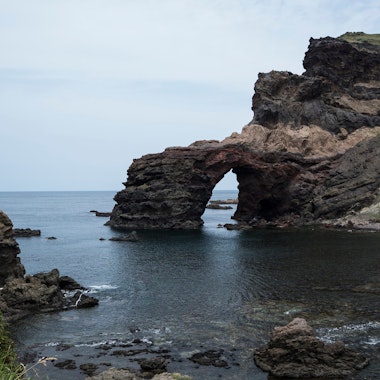
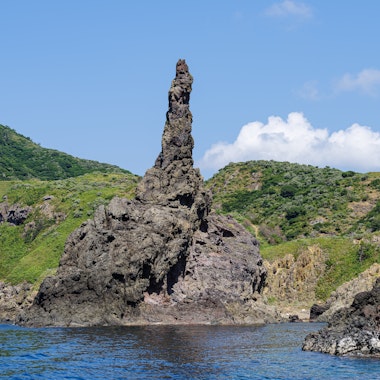
The Kuniga Coast stretches along the northwestern shore of Nishinoshima Island in the Oki Islands archipelago, part of Shimane Prefecture. This dramatic coastline represents one of Japan's most spectacular geological formations, carved by millions of years of erosion from the Sea of Japan. The region gained international recognition as part of the UNESCO Global Geopark designation awarded to the Oki Islands in 2013, acknowledging its outstanding geological and cultural significance.
The coastline's crown jewel is Matengai Cliff, which rises 257 meters above the crashing waves below, making it one of Japan's highest sea cliffs. The entire 7-kilometer stretch showcases dramatic precipices, sea caves, and distinctive rock formations that tell the geological history of the region through visible sedimentary layers. The coastal area serves as open pastureland where cattle and horses graze freely against the backdrop of towering cliffs, creating an iconic scene unique to the Oki Islands.
Visitors can experience the Kuniga Coast through multiple approaches. The 6-kilometer hiking loop begins at Kuniga Beach and ascends to Matengai Cliff before returning inland, recognized as one of Japan's Top 100 walking tracks. This 2.5-hour trek offers close encounters with grazing livestock and panoramic views across the archipelago. Sightseeing boat tours operate from March to October, providing access to otherwise unreachable sea caves and clifftop perspectives. The boats navigate close to the Tsūtenkyō Arch, a natural rock formation created by a collapsed sea cave.
Transportation to the coast requires ferry access to Beppu Port on Nishinoshima Island, followed by a 35-minute drive or local bus service to the trailhead. Scenic tour buses run scheduled services from March to October, though they allow only brief stops unsuitable for hiking. Taxi transfers to Matengai Cliff cost approximately ¥3,000-3,500 for one-way transport. Local buses charge a flat rate of ¥200 between key destinations on the island. The site offers free access with no admission fees, though visitors should prepare for steep terrain and changing weather conditions typical of Japan's western coastline.
